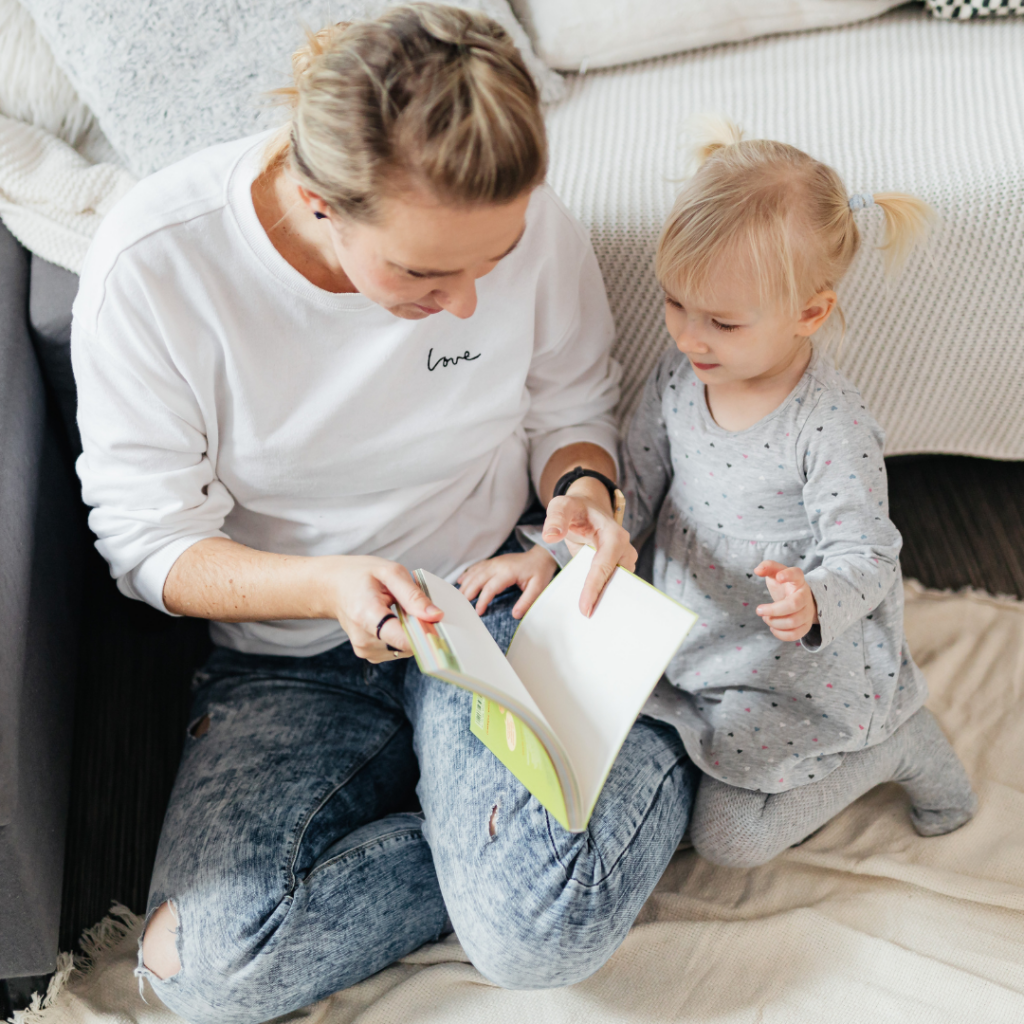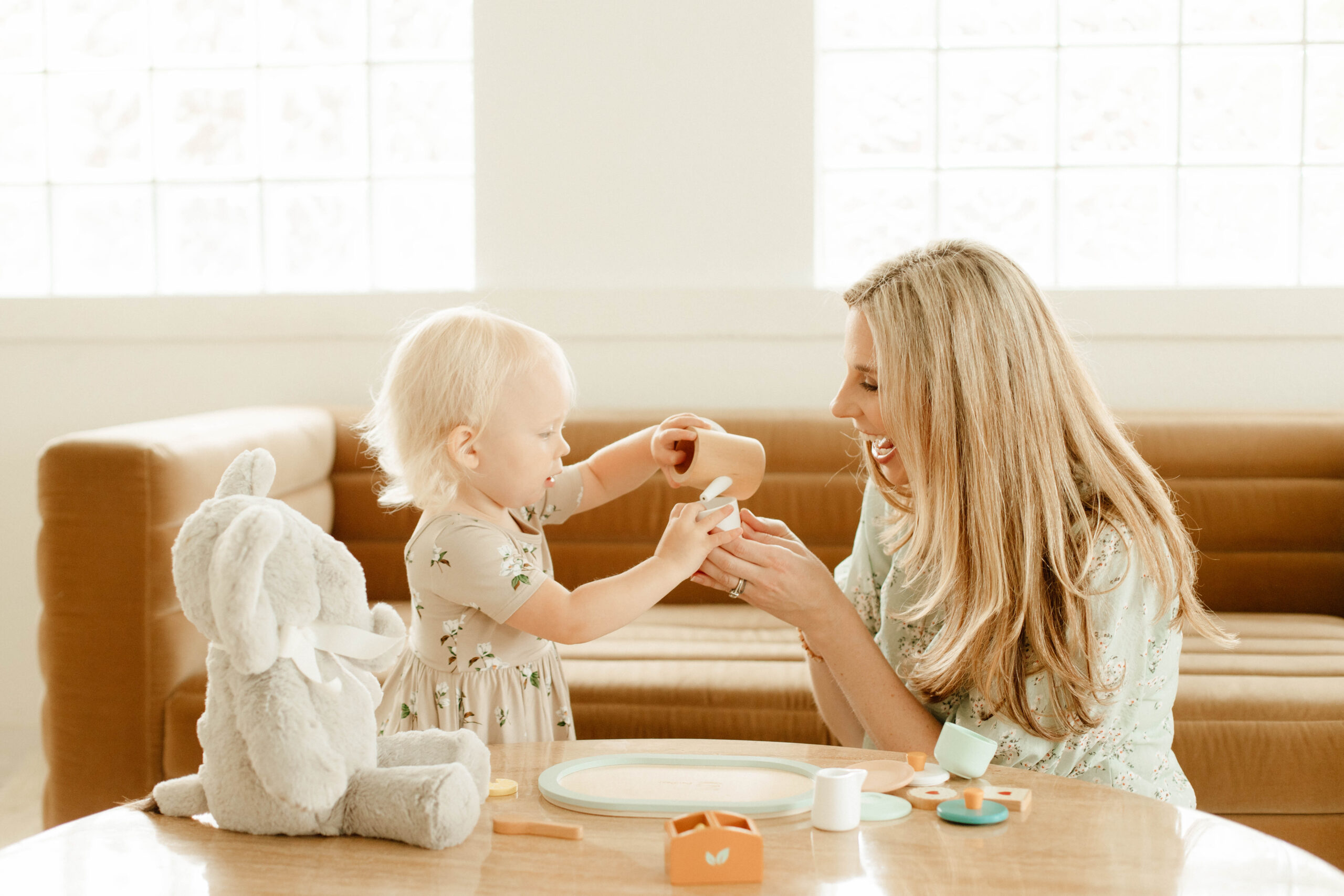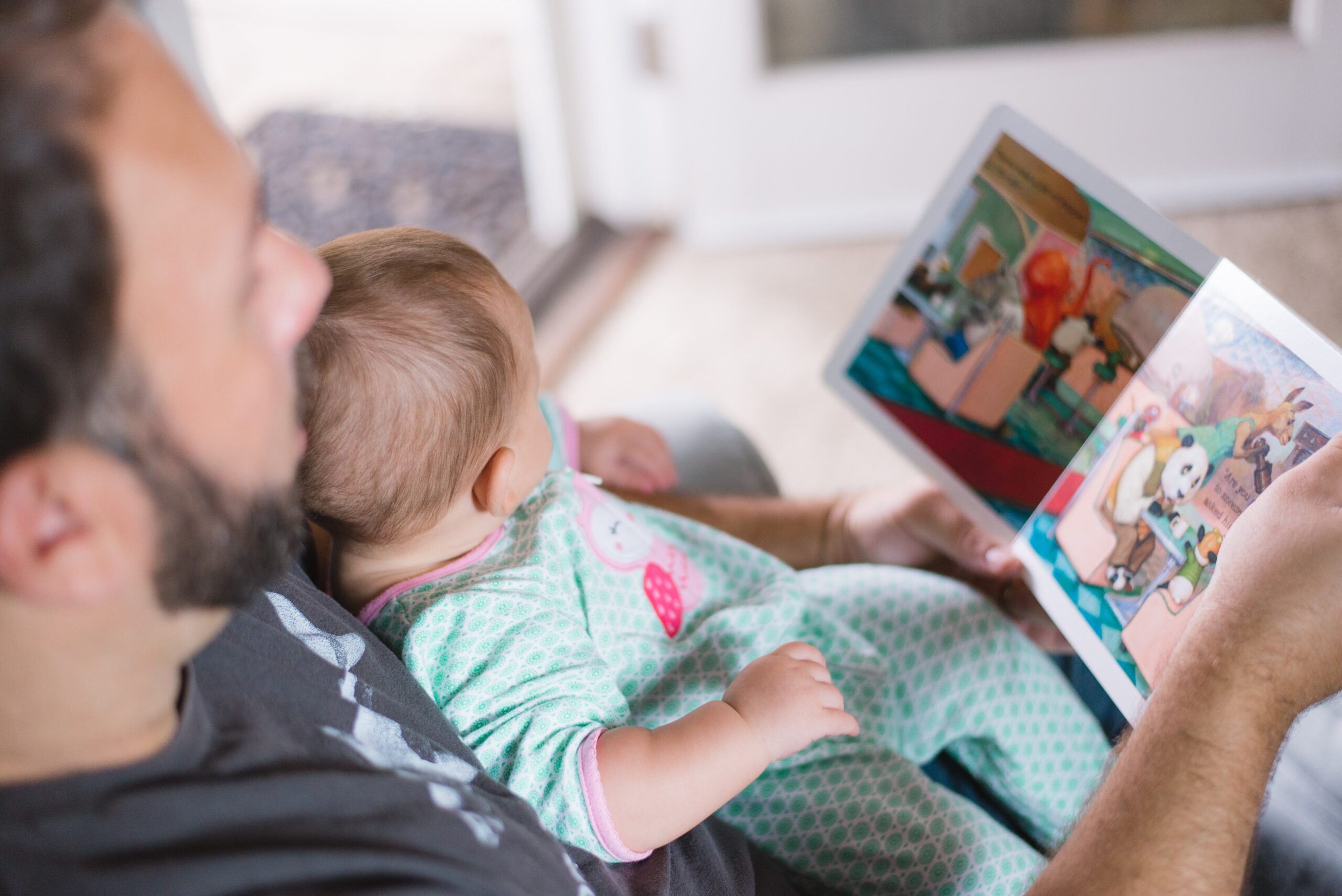
I can’t understand what my toddler is saying!
You’re not alone if you have you ever thought, “I can’t understand my toddler!”
But here’s the thing- this can be totally normal! In fact, norms on speech development tell us we expect to understand a 2-year-old about 50% of the time
So how do we know what’s typical and what’s not. This post will break this down
Speech Clarity:
As I mentioned above, we don’t expect to understand everything. Here’s about what we expect in terms of speech clarity, known as speech intelligibility, by age:
- 18 months: 25%
- 2 years: 50%-75%
- 3 years 75-100%
That means you’re not supposed to understand everything!
Speech Sounds:
Speech develops through the jaw. That’s why babbles typically sound like “bababa” or “mamama” as your little one move their jaw up and down.
The following sounds are expected between ages 2-3
b, m, p, t, d, n, h, w, k, g
Sounds are building blocks and we also want to hear different consonants (C’s) and different vowels (V’s) combined in different ways such as:
- CV: Moo, Boo,
- VC: On, Up
- CVC: Pop, Dad, Mine
- CVCV: Mommy, puppy, happy
Beginning talkers may have a lot of words that sound the same, but by the age of two, we should see variety of sounds combined in a variety of ways
Speech Patterns:
There are also typical speech patterns, called phonological processes in the speech of little ones. There are norms around when we expect to longer see them. In other words, they’re typical until they’re not anymore. Here are the most common phonological patterns I see in little ones:
Final Consonant Deletion: Leaving off final sounds such as “boo”for boot. Expected to be gone by age 3
*Note: While it is typical to leave off final sounds, we do want to hear some of them (ex: eat, out, yum)
Fronting: Replacing a /k/ or /g/ sound with a /t/ or /d/ sounds such as saying “tee” for key. Typical until age 3.5
Cluster Reduction: Omitting a consonant in a cluster such as “nake” for snake
Stopping: Replacing an airflow sound such as /s/ or /f/ with an easier sound such as /d/ (“dar” for star or ”deet” for feet)
Link to chart with all phonological processes by age

So when should I be concerned about speech development?
Let’s start by clarifying the difference between language and speech
Language refers the words we understand. It also refers to the words we use and the way we use them to share our ideas and express ourselves
Speech refers to the actual production of the sounds.
In other words, your child may not be using as many words as you would expect, but they may be in average range for speech sound production.
While it can be hard to parse out what’s speech and what’s language with toddlers who aren’t using many words yet, research shows there are certain red flags in regard to speech development.
The presence of these has been correlated with speech sound disorders such childhood apraxia of speech and for that reason, we want to be more proactive if you notice any of the following: (Caspari, Overby, Schreiber, 2019).
- Little babbling as a baby
- No consonant sounds by a child’s first birthday
- Fewer than 3 consonant sounds by 16 months
- Fewer than 5 consonant sounds by 24 months
- Primary talking in vowels
- Limited use of the /k/ and /g/ sounds by age 2
So when do I need to a speech therapist?
If you’ve noticed any of the above, it’s a good idea to reach out to a speech therapist to do a full assessment. While it can be more difficult to determine what’s speech and what’s language, a Speech Pathologist with a specialty in this area can do so and will determine if more sound-based approach to therapy in necessary.
If your concerns are more around language (the number of words your toddler is using, the way they are putting words together, not using words to tell you what they want, etc.) a language-based approach will be helpful. These are small shifts you can make in your interactions with your little one to help them grow their vocabulary and build a strong foundation for everything to come with language. Note: speech sounds disorders can co-occur with language so both can be helpful!
Research shows that when parents were trained in strategies to support their late-talking toddlers at home, their toddlers responded as well as, sometimes even better than, when speech therapists delivered the therapy (Roberts and Kaiser, 2011). Using speech strategies at home is a great place to start if you have concerns around your child’s language development! Check out my Big Little Talkers Course to learn these strategies step by step.
References:
Caspari, S., Overby, M., and Schreiber, J. Volubility, Consonant Emergence, and Syllabic Structure in Infants and Toddlers Later Diagnosed with Childhood Apraxia of Speech, Speech Sound Disorder, and Typical Development: A Retrospective Video Analysis. Journal of Speech, Language, and Hearing Research (2019), 62(6), 1657-1675
McLeod, S. & Crowe, K. (2018). Children’s consonant acquisition in 27 languages: A cross-linguistic review. American Journal of Speech-Language Pathology. doi:10.1044/2018_AJSLP-17-0100. Available from: https://ajslp.pubs.asha.org/article.aspx?articleid=2701897
McLeod, S. & Crowe, K. (2018). Children’s consonant acquisition in 27 languages: A cross-linguistic review. American Journal of Speech-Language Pathology. doi:10.1044/2018_AJSLP-17-0100. Available from: https://ajslp.pubs.asha.org/article.aspx?articleid=2701897





